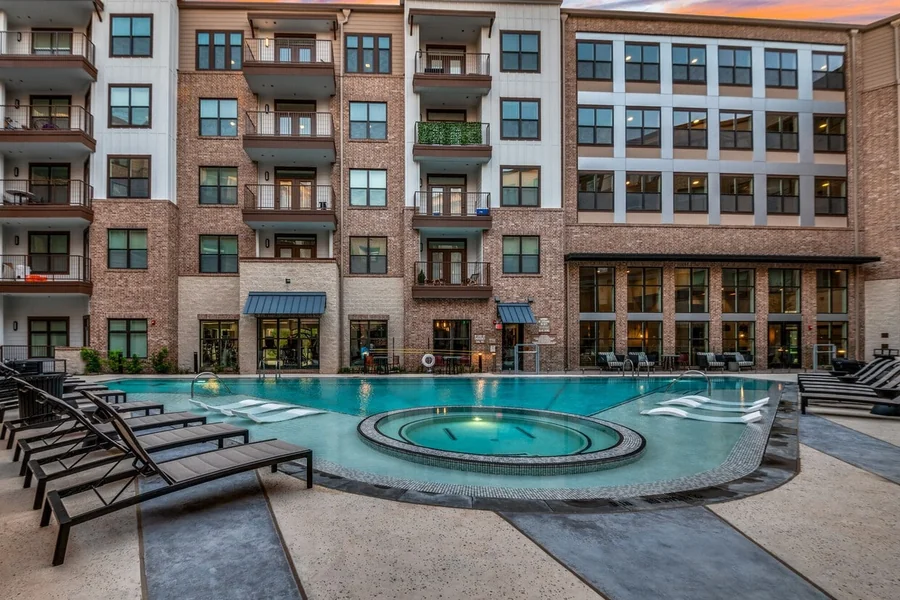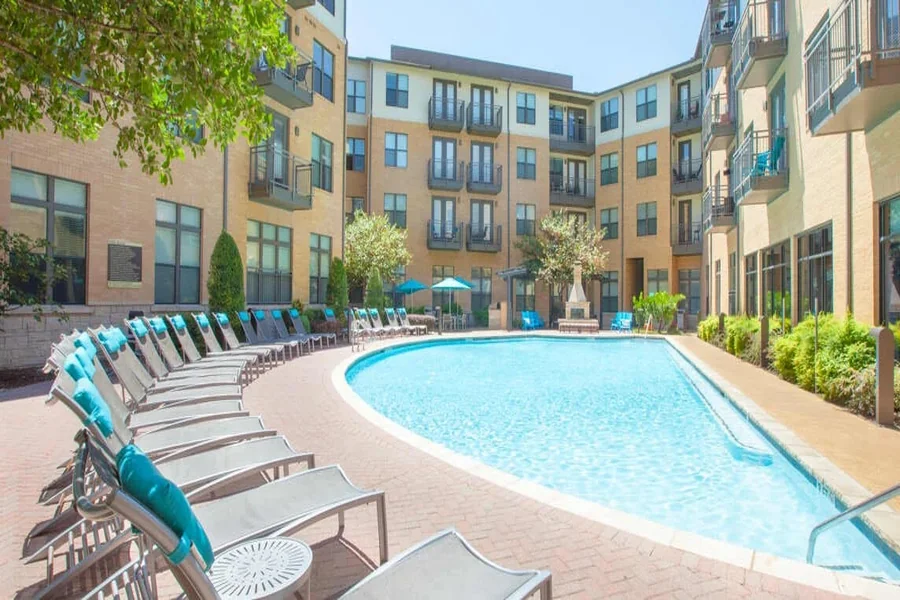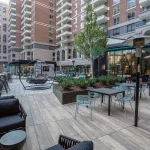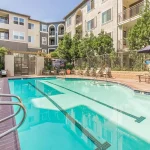What runs through your mind when you hear maa frisco bridges. Most would probably think of big, famous bridges like the Golden Gate or the Brooklyn Bridge. But maa frisco bridges have a sentimental place in history and daily life on their own. They’re more than spans of steel and concrete. They are the means by which stories are told, communities connected and landmarks that signal a city’s identity. Here, we examine what makes these bridges special, why they matter and what you can learn about them.
What Are Maa Frisco Bridges?
The name maa frisco bridges primarily applies to a group of bridges associated with the former Frisco railroad system and its served territory. Here, the term “Frisco” refers to the St. Louis–San Francisco Railway, which was colloquially known as the Frisco Line. This railway played a major role in the development of the American Midwestern and Southern regions throughout that time period.
Maa frisco bridges are, accordingly, the bridges that were designed to accommodate their respective frisco rail line or one near an area upon which the Frisco railway company transacted. These bridges were built to withstand heavy train traffic and weather well, usage they can handle for quite some time. Some of these railway bridges have been converted over time for cars, pedestrians or other uses.
The History Behind Maa Frisco Bridges
The St. Louis–San Francisco Railway was instrumental in linking small towns with major cities. It facilitated the transport of goods, people and ideas across vast distances. Bridges were crucial for this. Without them, rivers and valleys would have been too difficult to cross, and rough terrain too treacherous.
In numerous ways, the Frisco railway bridges were engineering wonders for their day. Erected between the late 1800s and early 1900s, these bridges were frequently steel trusses or included sturdy concrete foundations. Each bridge needed to be robust enough for the heavy trains but also be possible to build with tools and technology of the time.
The maa frisco bridges were among the big players during the railroad’s heyday. So they promoted the trade and travel that forged local economies and linked communities that would otherwise have stayed isolated.
Why Maa Frisco Bridges Still Matter Today
Throughout there are still many maa frisco bridges. Some still have trains, and a few have been converted to roads or sidewalks. This reuse is a good way to save history and make sure the bridges continue to have a use that’s relevant today.
These bridges are evidence of the hard work and craft of previous generations. They show how crucial it is to have the right infrastructure in determining how we live and move. Many towns, without such bridges, wouldn’t have grown as they did.
Moreover, the maa frisco bridges have been adopted into local culture. People regard them as landmarks or somewhere to take a walk. Some are well-known for fishing, photography or simply soaking in the view. In local lore and events in some towns, these bridges are part of.
Read Also : What Color Means Power?
The Design and Construction of Maa Frisco Bridges
The majority of maa frisco bridges were nothing more than a simple, well built design. The engineers focused on function. The bridges had to bear weight, endure a long time, and take the weather. They tended to stay away from anything too fancy or delicate.
One design often adopted was the truss bridge. This type of bridge employs a series of triangle to distribute the load evenly. Triangles are stable shapes that don’t tend to bend or change shape, so these shapes help the bridge support heavy trains.
Materials used were largely steel and concrete. Steel was strong, and could be molded into beams and rods. For constructing the foundations and supports, concrete was perfect.
The journey and construction could also be rough. Workers had to talk to rivers and talk down floods, as they met tight deadlines. Regulations for safety were not as stringent back then and conditions were tough on many workers. In the end, the bridges were built and many are still around today.

Examples of Famous Maa Frisco Bridges
Noteworthy maa frisco bridges Selected notable MAA Frisco bridges based either on historical significance or length are.
The most famous one would be the Frisco Bridge that spans the Mississippi River. This bridge was built in 1892 and it linked St. Louis, Missouri to East St. Louis Illinois. It was the world’s longest steel bridge at the time. It was made for trains in particular and transformed the way that people and things moved across the river.
Other examples would be the several bridges spanning Oklahoma and Texas. These were among the networks that sped both farmers and businesses to market. A number of these bridges are still in use for local traffic or have been reused.
How Maa Frisco Bridges Impact Communities
Bridges such as the maa frisco bridges do not only link places—and people. They transport people with less effort and more speed. Which also means better access to jobs, schools and health care.
For small towns, these bridges promised an opportunity to expand. New businesses could move in & farms could more easily ship crops. Communities preserve in challenging times, and grow.
Some of these bridges are today tourist attractions. History enthusiasts, photographers and locals visit to admire the engineering, as well as the tales that accompany these structures.
Read Also : Matt Rife Comedian Net Worth
The Challenges of Maintaining Maa Frisco Bridges
And while maa frisco bridges were designed for the long haul, time takes its own toll. Weather, wear and tear and modern traffic place stress on these old structures.
And it can be expensive to maintain or replace these bridges. Sometimes it’s not possible to find the ingredients or methods to keep a bridge safe without completely losing its historical look.
Just what to do with old bridges is a decision facing communities everywhere. If so, do they arrange to save them for future use? Or take them down and build new bridges? Decisions like these are never easy but sometimes they are essential, for safety and good stewardship.
Visiting Maa Frisco Bridges Today
If you ever have the opportunity, it is great to visit maa frisco bridges for an immersive taste of history. Most bridges are in proximity to parks, trails or rivers. Some have signs or plaques detailing their story.
Have a camera, or just take it in. Just think of the trains that once rumbled across, or the laborers who erected these sturdy bridges. You may even feel that you have a connection to the people of the past, those who paved a way for these bridges.
Final Thoughts on Maa Frisco Bridges
Maa frisco bridges are more than relics. They’ve enriched us, they’ve educated us. They remind us how much we need connections — not just in transportation, but in community and culture.
Whether you’re a history buff, an engineer or just curious, these bridges have something to uncover. They demonstrate that hard work and intelligent design can last.
The next time you hear about the maa frisco bridges, think of their stories — and those of the journeys they have made possible. They’re the sort of American landscape and heritage worth knowing about.
Read Also : Childish Gambino Girlfriend
FAQs
What are maa frisco bridges?
Maa Frisco bridges are those constructed for the old Frisco railway lines. They pulled trains over rivers and through valleys.
What’s so special about maasai maa frisco bridges?
These bridges connected town with city, trade with travel and growth with many villages.
Do people still use maa frisco bridges today?
Some maa frisco bridges continue to function for either trains or vehicles. Some ones have been repurposed into walking paths or local landmarks.
What was maa frisco bridges built of?
The majority of maa frisco bridges were built with steel and concrete, materials valued for their strength and longevity.
I am allowed to see maa frisco bridges?
Yes! Many maa frisco bridges are open to the public and provide an excellent chance for historians and photographers.





